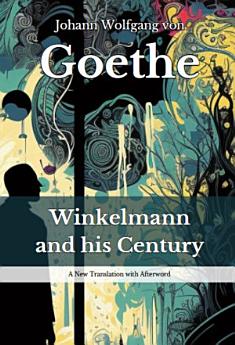Winkelmann and his Century
About this ebook
Published in Tübingen in 1805, the work interweaves biography with cultural critique, charting Winckelmann’s rise from impoverished cobbler to Vatican curator and his violent death in Trieste. Goethe argues that Winckelmann’s Geschichte der Kunst des Alterthums (1764) redefined art history by prioritizing stylistic evolution over chronology, thus enabling contemporaries to "see" Greek art as expressions of democratic virtue. The essay contextualizes this within Enlightenment networks, noting Winckelmann’s epistolary exchanges with Lessing and Herder, yet centers on how his sensual responsiveness to art—"feeling the body through the eye"—bridged rationalism and Romantic intuition.
Goethe’s tribute transcends hagiography by exposing contradictions: Winckelmann’s homosexuality, discreetly alluded to, is framed as integral to his Hellenic passion, challenging readers to reconcile private self with public legacy. The prose oscillates between scholarly rigor and elegiac warmth, capturing an individual whose "century" he both shaped and symbolized. This essay remains foundational for understanding how 18th-century Germany constructed antiquity as a mirror for its own intellectual ambitions.
This critical reader's edition offers a modern translation of the original Fraktur manuscript (the old German script) to help curious readers delve into Goethe's works. It uses clear, contemporary language and straightforward sentences to illuminate his complex ideas. The edition includes supplementary material that provides autobiographical, historical, and linguistic context for this eighteenth-century work. This material includes an afterword by the translator that discusses Goethe’s history, impact, and intellectual legacy, as well as an index of the philosophical concepts he explored, with a focus on Romanticism and Classicism. Also included are a comprehensive chronological list of his published writings and a detailed timeline of his life, highlighting the personal relationships that profoundly influenced his philosophy.











